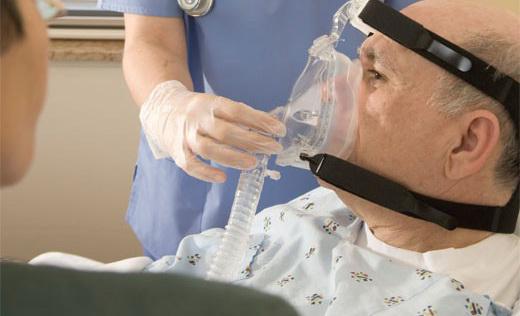
Sleep apnoea is a medical condition whereby the throat narrows and expands abnormally during sleep. This interrupts breathing as the airway contracts and relaxes abnormally. A patient observed during sleeping has shallow breathing for intervals of about one to three minutes and total blockage for around 10 seconds at a time. For this reason, sleep is interrupted automatically by the brain so the airway can be reopened. An affected person tends to snore very loudly.
The Australian Bureau of Statistics reports that obstructive sleep apnoea (OSA) is directly related to obesity. As at 2005, it affected about a third of adults in Australia (almost 4.5 million). More women than men suffered from this condition. Almost half of all these patients were obese. The cycle is a vicious one because suffering from obstructive sleep apnea worsens obesity. Poor sleep translates to poor metabolism. Therefore, the excess fat is not broken down.
The other two types of this disorder are Central Sleep Apnoea and Mixed Sleep Apnoea. OSA is the most prevalent. The throat muscles relax in this case. The breathing of such a person becomes raspy and irregular. Extreme cases of apnoea may require the patient to wake up every few minutes. The person consequently wakes up feeling tired in the morning. Interestingly, the patient never realizes that they have difficulties breathing. As for Central Sleep Apnoea, there seems to be a lack of proper communication between the brain and the nerves in the muscles that regulate respiration.
The risks that apneic individuals face are:
- Heart disease
- Poor memory
- Hypertension
- Poor concentration during the day.
- Death and brain damage when the brain cells are deprived of oxygen for long. Low blood oxygen comes about when fresh air cannot be inhaled and carbon (IV) Oxide cannot be exhaled because the airway is blocked
Treatment Methods
The condition is treated using sleep devices, surgery and lifestyle adjustment. The devices are:
Continuous Positive Airway Pressure Machine
The machine is a set of device consisting of a mask worn over the nose or mouth sometimes, and a tube that supplies pressure to the throat. The pressure keeps the throat open.
Tongue Retainer
It holds the tongue in place so it doesn't fall back and block the air passage.
Oral Devices
They push the lower jaw forward to open the airway.
Surgery
This is normally a last resort. Procedures include reducing the size of tonsils and inserting implants in the soft palate to make it sturdier. This way, it does not block the throat.
Behavioral Means:
Weight loss- since obesity compounds the disorder, it is wise to cut down some weight and watching what you eat. Discipline yourself and take a lot of water, vegetable and fruits.
Avoid sedatives and laxatives that tend to relax the muscles.
Healthier lifestyles - smokers and alcoholics are predisposed to developing apnoea. Cutting down and eventually quitting these deadly habits can save your life. The muscles in the throat are toned to keep it open. Alcohol makes the muscles flabby so they collapse easily.
Change your sleep position. Sleeping on your back makes it worse. Doctors recommend sleeping on your side.
Leave a Comment